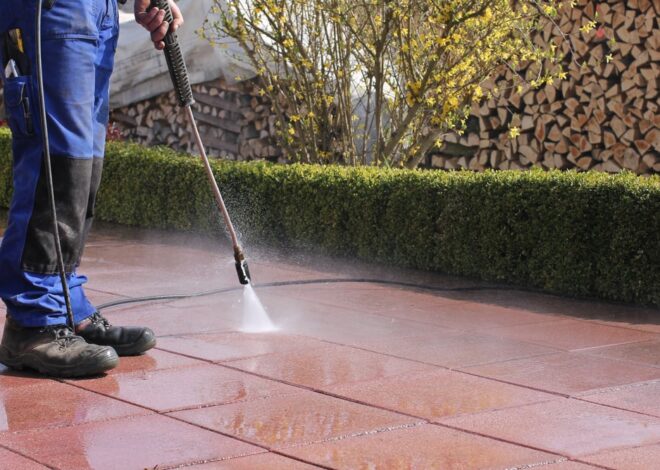
Unveiling The Process: Step-By-Step Water Damage Restoration
Water damage can strike unexpectedly, wreaking havoc on homes and businesses alike. From burst pipes to natural disasters, the aftermath of water damage can be overwhelming. Fortunately, water damage restoration professionals have the expertise and tools to restore spaces to their former glory. This article will unveil the step-by-step process of water damage restoration, shedding light on the intricate journey from chaos to renewal.
Step 1: Initial Assessment
The restoration begins with thoroughly assessing the extent of the water damage. Trained technicians evaluate the affected areas, identifying the source of the water, its category (clean, gray, or black), and the level of contamination. This assessment helps formulate a tailored restoration plan.
Step 2: Water Extraction
Once the assessment is complete, the immediate focus shifts to water extraction. Powerful pumps and vacuums are employed to remove standing water from the premises. This action is essential to halt additional harm and reduce the potential for mold development.
Step 3: Drying And Dehumidification
With standing water eliminated, the focus turns to dry out the affected areas. Industrial-grade dehumidifiers and high-velocity air movers are strategically placed to accelerate drying. This step is essential to prevent structural damage and mold infestation.
Step 4: Cleaning And Disinfection
Water damage often leaves behind more than just dampness – it can also bring contaminants and pathogens. Cleaning and disinfection are vital to ensure a safe and healthy environment. Surfaces are thoroughly cleaned, sanitized, and treated to remove traces of bacteria, fungi, or other harmful agents.
Step 5: Salvage And Restoration
The restoration phase involves assessing which items can be salvaged and restored. Furniture, documents, and personal belongings are evaluated for potential recovery. Specialized techniques like freeze-drying for documents or electronic gadget restoration might be employed.
Step 6: Structural Repairs
Structural components like drywall, flooring, and ceilings might need repairs or replacement in severe water damage. This phase aims to restore the integrity and appearance of the space, ensuring it’s safe for occupancy once again.
Step 7: Final Inspection
Before declaring the restoration complete, a final inspection is conducted. Professionals meticulously examine the restored areas to ensure all damage has been addressed. This step guarantees that the space is visually appealing but also safe and habitable.
Step 8: Prevention Measures
Experts often provide recommendations to mitigate the risk of future water damage as a preventive measure. This might include suggestions for better drainage systems, regular maintenance checks, and education on responding to minor water-related emergencies.
Conclusion
Water damage restoration is a meticulous process that demands expertise, precision, and a commitment to excellence. Starting from the initial evaluation and continuing all the way to the concluding examination, every phase contributes significantly to the revival of a space following the occurrence of water damage. The experts orchestrating this procedure comprehend that it involves more than just fixing physical structures; it’s about reinstating feelings of safety and solace for those impacted. Through their assiduous endeavors, they reveal an astonishing metamorphosis – converting disorder into rejuvenation and destruction into a promising new start.



